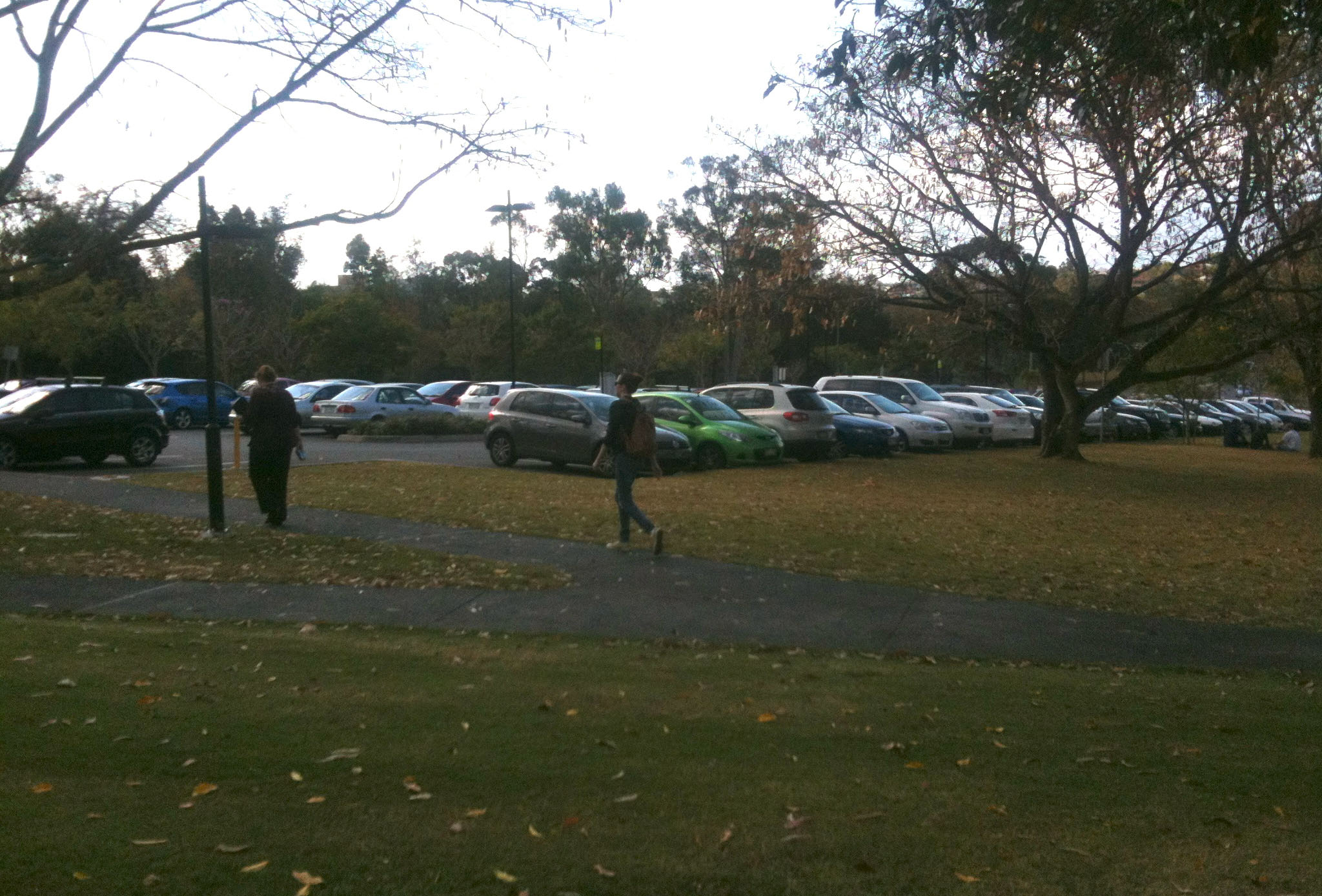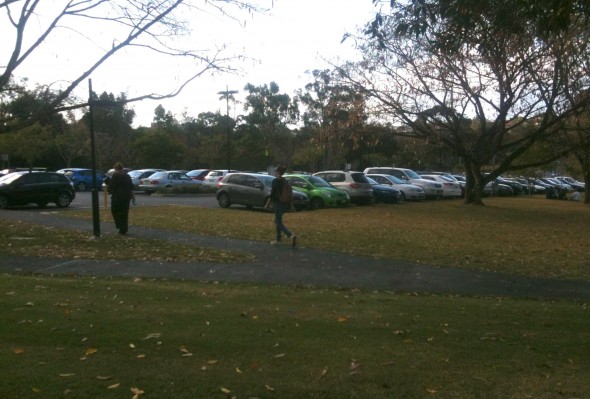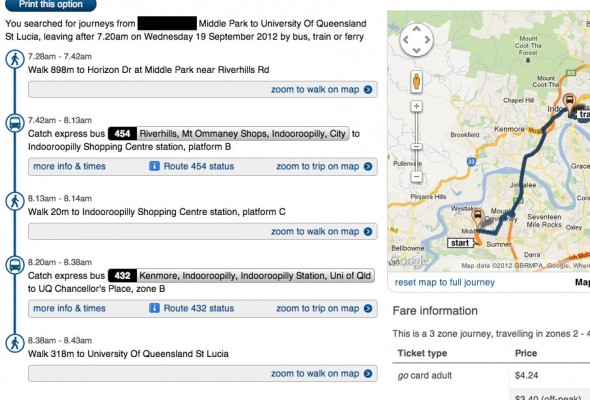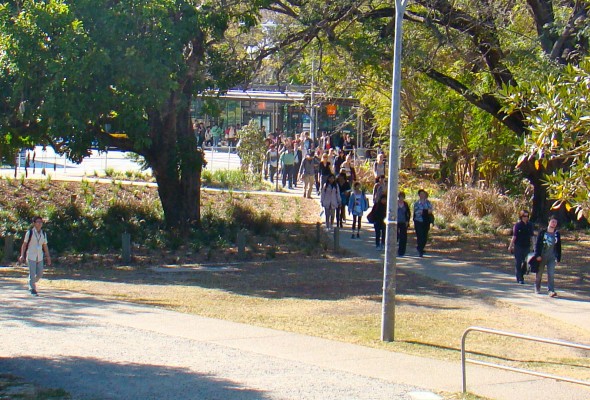
UQ students drive to class
University of Queensland (UQ) students are choosing to drive to university rather than catch public transport.

A full car park at the University of Queensland’s St Lucia campus as more students choose to drive and park their cars.
University of Queensland (UQ) students are choosing to drive to university rather than catch public transport.
A recent survey by the Queensland Centre for Population Research (QCPR), in response to a request by UQ’s Property and Facilities Division, shows that of the various modes of transport used to access the St Lucia campus cars were the most common.
One student who chooses to take her car is Bridgette Williams, who says she opts to drive to UQ due to the public transport available in her area being unreliable and overcrowded.
“I travel into UQ from Middle Park so that already involves having to catch two buses. Most of the time the 454 [travelling from River Hills] will be overcrowded and late which means I miss the connecting bus to UQ and am late to class. I’ve given up on public transport all together and have found it much easier and less time consuming to drive in and park,” she says.
A spokesman for TransLink, which delivers bus, train and ferry services, information and ticketing across South East Queensland, says patronage for the 2011/12 financial year was 178.3 million public transport trips, down slightly from 178.6 million trips in 2010/11.
The last financial year also saw the price of catching public transport increase by 15 per cent, and as of January 2013 the fare will increase by a further 7.5 per cent.
“The fare increase in January 2012 supported the funding for multiple improvements, with new services and facilities on the network including the new Northern Busway from the RBWH to Kedron,” says the spokesman.
“Currently, for every dollar that the consumer pays for public transport, the State Government contributes more than three. All fares collected are invested back into service improvements and better infrastructure.”
TransLink maintains that public transport is still value for money compared to all the costs of running a private vehicle including fuel, parking, registration, insurance, depreciation, license renewal and loan repayments.
While Williams admits that as a student driving and parking at UQ is the more expensive option, she justifies the extra expense with the time she saves not catching public transport.

TransLink Journey Planner showing time it would take Bridgette Williams to get from her home to UQ St Lucia, without service delays or traffic.
“The closest bus stop is a 15 minute walk away meaning it takes over an hour to get to UQ by bus compared to the 20 to 30 minutes it takes to drive, and that’s if the service is running on time and there’s no traffic. The journey planner doesn’t take that into consideration,” she says.
TransLink plans to improve the future of Brisbane public transport and recently launched the South East Queensland Bus Network Review. Until September 23 2012 South East Queenslanders are able to have their say on the bus routes that need attention. This is the first round of feedback and there will be a second opportunity to have an input at another stage of the review.
For more information about public transport, visit the TransLink website at http://www.translink.com.au or contact the call centre on 13 12 30, anytime.
Photos by Tara Capel
Graphic: courtesy of TransLink Journey Planner
[polldaddy poll=6545377]

